Ball pythons, with their docile nature and manageable size, have become increasingly popular pets for reptile enthusiasts. Many prospective owners wonder whether these relatively solitary creatures can form meaningful bonds with their human caretakers. While these snakes aren’t known for the social complexity of mammals or birds, the relationship between ball pythons and their owners presents a fascinating study in interspecies connection. In this article, we’ll explore what reptile experts, behavioral scientists, and experienced owners have to say about the potential for forming bonds with these remarkable reptiles, and what realistic expectations you should have when bringing a ball python into your home.
Understanding Ball Python Behavior
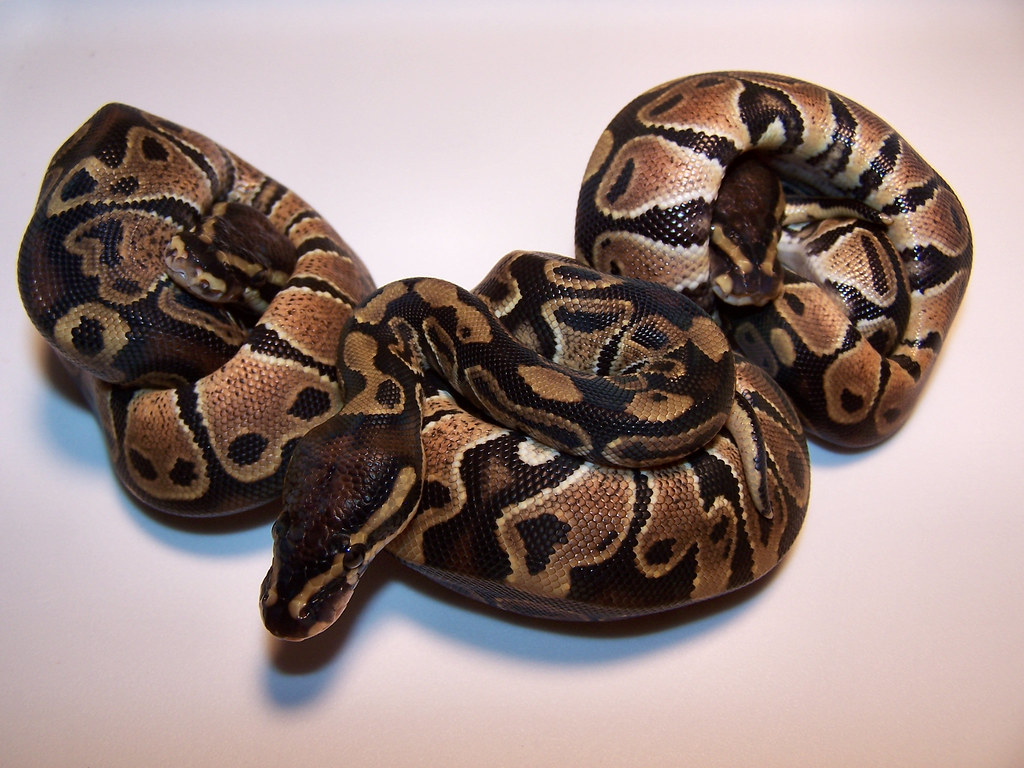
Ball pythons (Python regius) are native to West and Central Africa and have evolved as solitary predators that generally avoid unnecessary social interaction. In the wild, these snakes spend much of their time hiding in burrows or termite mounds, emerging primarily to hunt or find mates during breeding season. Unlike social mammals that evolved complex social structures requiring recognition of individuals and formation of hierarchies, ball pythons didn’t develop the same neurological frameworks for social bonding. Their brains are primarily focused on survival activities such as hunting, thermoregulation, and reproduction. This evolutionary background means that ball pythons approach human interaction from a fundamentally different starting point than dogs, cats, or even birds.
The Science of Reptilian Recognition

Research on reptile cognition has expanded significantly in recent years, challenging some long-held assumptions about their mental capabilities. Studies indicate that ball pythons and other snakes do possess the ability to recognize familiar scents and situations, which can include recognizing their primary caretakers. Dr. Gordon Burghardt, a renowned expert in reptile behavior at the University of Tennessee, has documented that reptiles display more complex learning and memory capabilities than previously believed. Ball pythons specifically have demonstrated the ability to distinguish between familiar and unfamiliar humans based on scent and visual cues. This recognition doesn’t equate to emotional attachment as mammals experience it, but it does suggest a level of familiarity that could be interpreted as a primitive form of bonding.
Tolerance vs. Affection: Setting Realistic Expectations

Experts emphasize the importance of distinguishing between true social bonding and conditioned tolerance when discussing ball python relationships with owners. Dr. Melissa Kaplan, a herpetologist and author of “Iguana for Dummies,” notes that what many owners interpret as affection may actually be a combination of habituation and temperature-seeking behavior. Ball pythons are naturally drawn to warmth, and a human’s body heat provides an attractive basking spot. Over time, these snakes can become thoroughly habituated to handling, no longer perceiving it as a threat but rather as a normal, non-stressful occurrence. This habituation can appear remarkably similar to affection, especially when a snake seems to relax or “cuddle” during handling sessions, though the underlying motivation differs from what we understand as emotional attachment in mammals.
Signs Your Ball Python Recognizes You

While ball pythons may not form emotional bonds, experienced owners and reptile behaviorists have identified several behaviors that suggest recognition of their caretakers. A relaxed body posture during handling, with muscles that aren’t tensed for flight or defense, indicates comfort with a particular handler. Many owners report their pythons will explore more confidently when handled by familiar people versus strangers. Some ball pythons may even approach the front of their enclosure when their regular caretaker enters the room, particularly if they associate that person with feeding or handling sessions. These subtle cues don’t necessarily indicate emotional attachment but do suggest a level of recognition and comfort that distinguishes owners from strangers in the snake’s perception.
Building Trust Through Consistent Handling

Establishing a relationship with a ball python requires patience, consistency, and respect for the animal’s natural tendencies. Herpetologists recommend a gradual approach to handling, starting with brief sessions of 5-10 minutes and slowly increasing duration as the snake shows signs of comfort. Regular handling—approximately 2-3 times per week—helps reinforce familiarity while avoiding overstimulation. Experts emphasize the importance of reading body language during these sessions; a ball python that’s constantly trying to escape, exhibiting defensive postures, or refusing to uncoil is signaling stress. By contrast, a snake that calmly explores, maintains a relaxed muscle tone, and willingly drapes across your hands or shoulders is displaying trust. This trust-building process typically takes months, especially with young or previously mishandled specimens.
The Role of Scent in Recognition
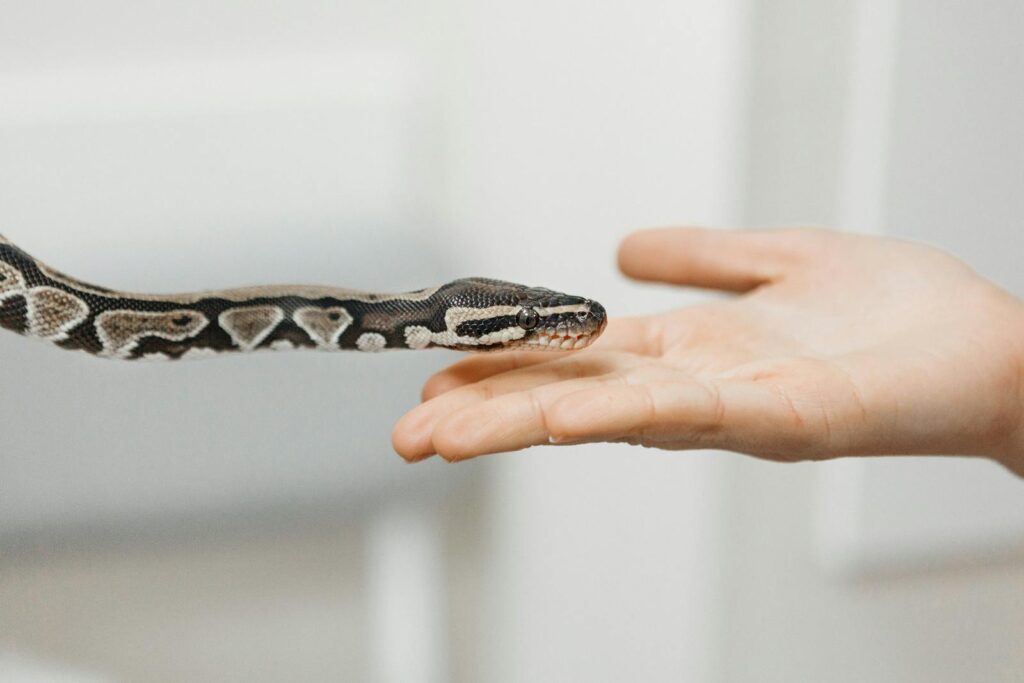
Ball pythons navigate their world primarily through chemical sensing, using their highly developed vomeronasal organ (Jacobson’s organ) and flicking tongue to analyze their environment. Dr. David Crews, who studies reptile behavior at the University of Texas, explains that these snakes can detect and remember individual human scent profiles with remarkable accuracy. Your unique combination of skin oils, perfumes, soaps, and pheromones creates a distinct olfactory signature that your ball python can recognize over time. Owners who maintain consistent scent patterns (using the same soap, lotion, etc.) may find their pythons recognize them more readily. This scent-based recognition is likely the strongest element of what we might consider “bonding” from the snake’s perspective, as it allows them to distinguish between the familiar (safe) and unfamiliar (potentially threatening).
How Feeding Practices Influence Bonding

The relationship between feeding and bonding presents a complex dynamic for ball python owners. On one hand, being the provider of food establishes you as a positive presence in your snake’s life. On the other hand, reptile specialists caution against handling immediately before or after feeding, as this can lead to feeding-response bites or regurgitation. Experienced keepers recommend establishing a clear routine that separates handling sessions from feeding time. Some use dedicated feeding enclosures or specific cues (like tongs) that signal feeding time versus social interaction time. This separation helps prevent your ball python from associating your hand with food, which could potentially lead to accidental bites if the snake mistakes fingers for prey. A well-established feeding routine ultimately contributes to a more relaxed snake that can differentiate between various human interactions.
Stress Indicators: Knowing When to Step Back
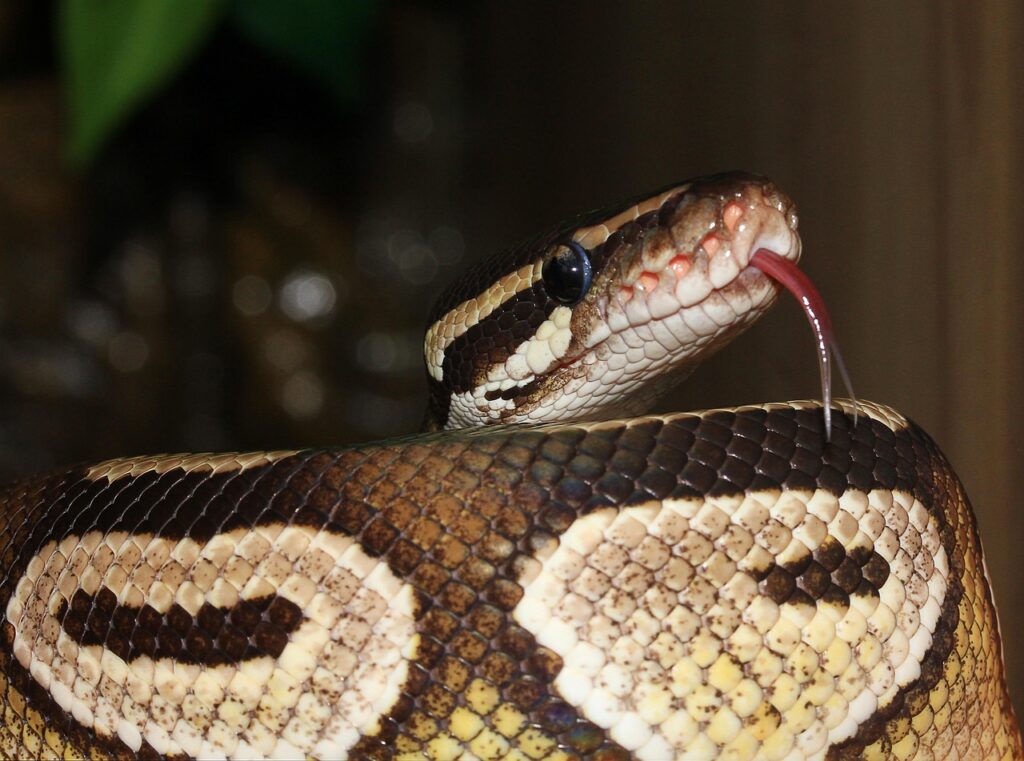
Understanding and respecting stress signals is crucial for developing a positive relationship with your ball python. Herpetologist and veterinarian Dr. Susan Donoghue identifies several key indicators that your snake is feeling threatened or uncomfortable during interaction. Defensive postures include tight coiling with the head hidden in the center, hissing, striking or lunging, and the distinctive ball shape that gives these pythons their name. More subtle stress signals include rapid breathing, rigid muscle tone, or reluctance to explore when handled. Consistent stress during handling sessions suggests your approach needs adjustment—perhaps shorter sessions, less frequent handling, or modifications to your technique. By respecting these boundaries and giving your python space when needed, you build the foundation of trust that most closely resembles bonding from the reptile’s perspective.
Individual Personality Differences
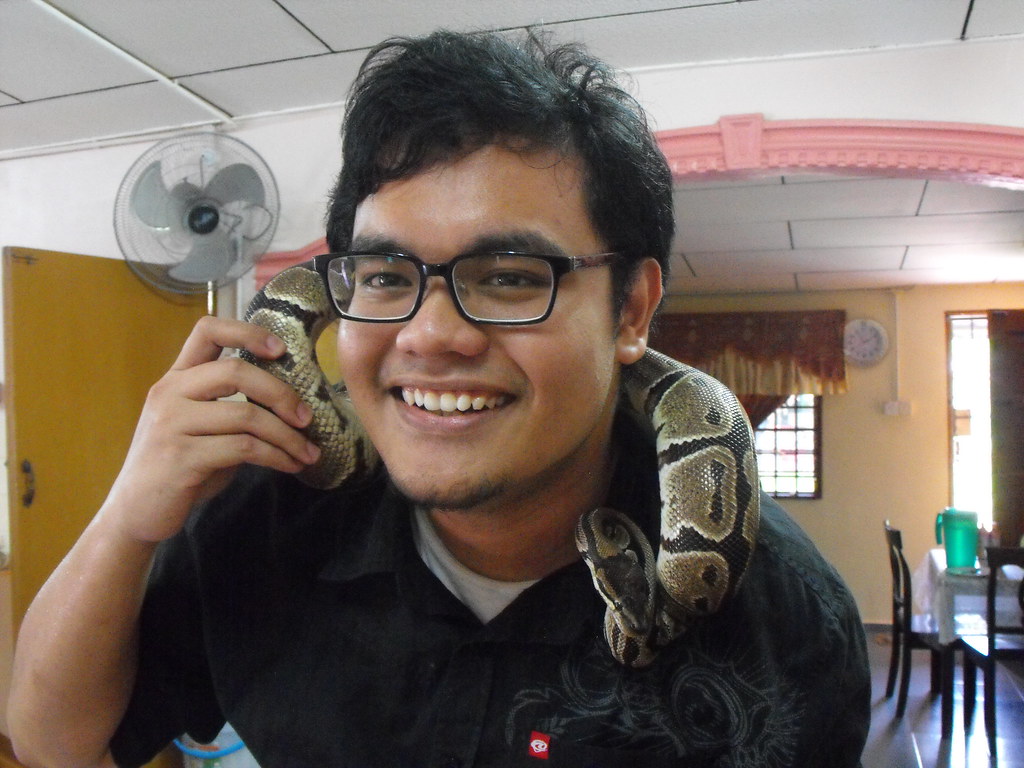
Experienced ball python keepers consistently report significant variation in individual temperaments and responsiveness to human interaction. Just as with dogs or cats, some specimens seem naturally more curious and tolerant of handling, while others remain shy or defensive despite years of consistent care. Breeders like Justin Kobylka, who has worked with thousands of ball pythons, observe that these personality differences can be apparent even among siblings from the same clutch. Factors influencing these individual differences may include genetics, early handling experiences, and health status. Even the snake’s position in the egg can affect brain development and subsequent behavior patterns. These individual variations mean that while most ball pythons can become comfortable with regular handling, the depth of “connection” possible varies considerably between specimens.
Comparing Ball Pythons to Other Pet Reptiles
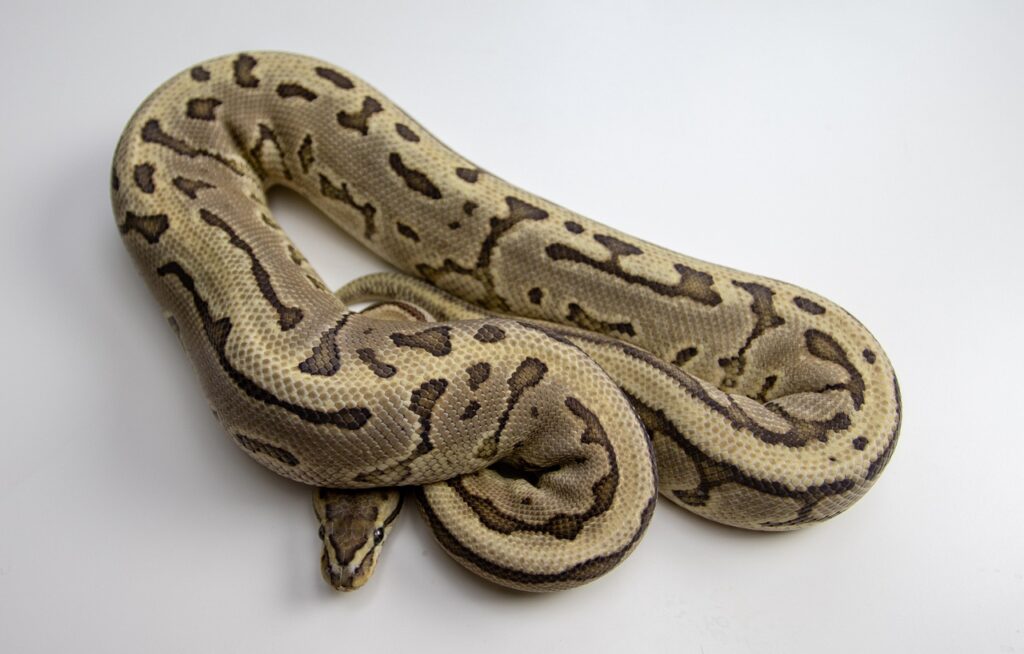
When discussing reptilian bonds with humans, ball pythons fall somewhere in the middle of the spectrum compared to other commonly kept species. Bearded dragons and some larger lizards like tegus appear capable of more complex recognition and even seeking out interaction with preferred humans. These lizards possess different brain structures than snakes and often display behaviors like approaching owners or showing excitement during interaction times. On the other end of the spectrum, species like blood pythons or certain arboreal snakes typically remain more defensive and less accepting of handling throughout their lives. Ball pythons occupy a favorable middle ground—though they don’t actively seek human interaction like some lizards, their naturally calm temperament and adaptability make them among the most handleable snake species, capable of becoming remarkably comfortable with regular human contact.
How Environment Affects Bonding Potential

The quality of husbandry plays a crucial role in determining how responsive and relaxed your ball python will be during interactions. Dr. Robert Mendyk, Curator of Herpetology at the Audubon Zoo, emphasizes that snakes maintained in proper environmental conditions show markedly different behavior patterns than those kept in suboptimal setups. A ball python that enjoys appropriate temperature gradients (75-85°F ambient with a 90°F basking spot), proper humidity (50-60%), suitable hiding places, and correct enclosure size will generally be more calm and receptive to handling. Conversely, snakes dealing with environmental stressors—incorrect temperatures, insufficient humidity, exposure without hiding options, or crowded conditions—typically display more defensive behaviors and are less likely to habituate to human contact. This underscores why addressing husbandry fundamentals should precede any attempt at building a handling relationship.
Long-Term Relationships with Ball Pythons
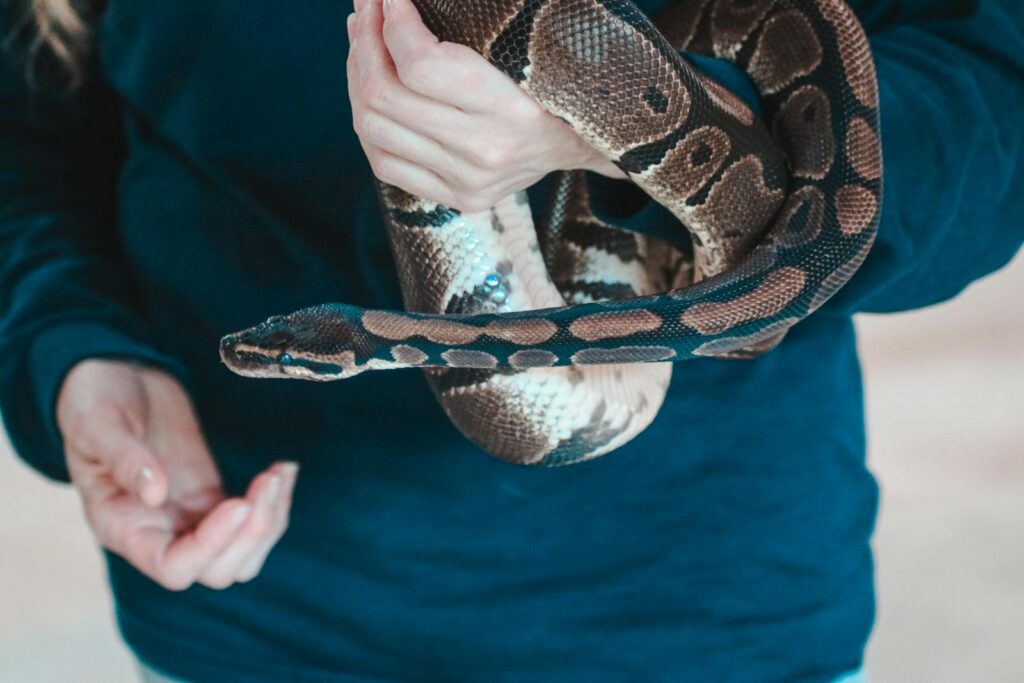
Ball pythons are remarkably long-lived reptiles, with well-cared-for specimens regularly reaching 20-30 years in captivity and some documented cases exceeding 40 years. This longevity offers the potential for decades-long relationships between snake and keeper. Long-term owners report fascinating observations about how their relationship with their ball python evolves over years. Many note that the most significant changes occur during the first 2-3 years, as juvenile snakes mature and become more confident in their environment. After this initial period, the snake’s behavior and comfort level often stabilizes, though subtle refinements in the relationship continue. Kevin McCurley, founder of New England Reptile Distributors and a breeder with over 30 years of experience, observes that truly long-term captives can develop such familiarity with their owners that they barely react to handling at all, accepting it as an utterly routine part of their existence.
Addressing Anthropomorphism in Snake Keeping
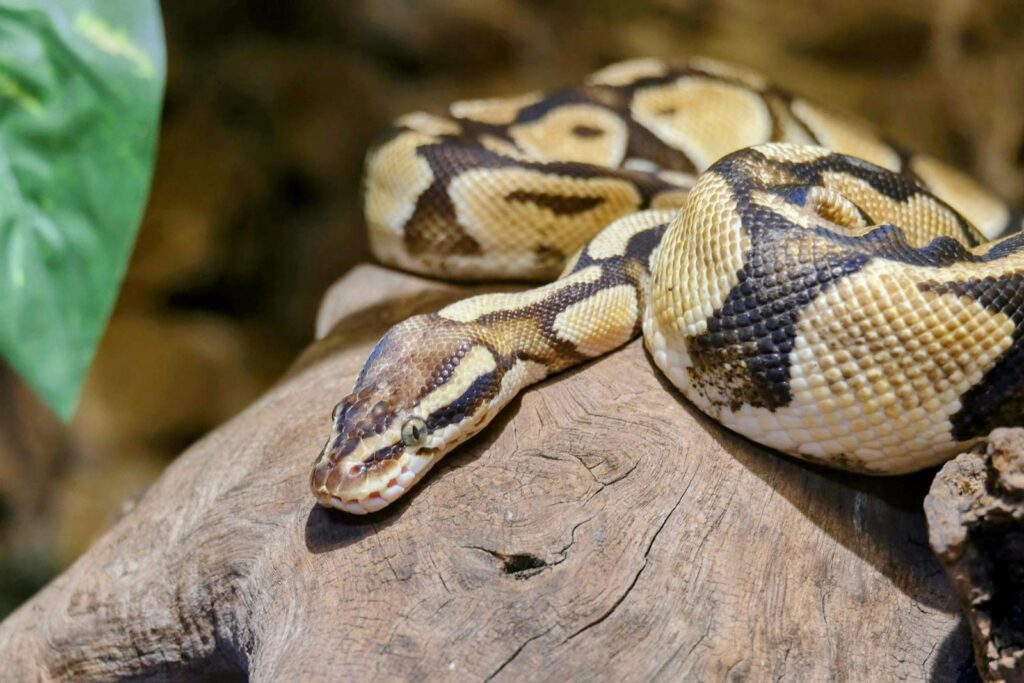
When discussing bonds with reptiles, experts caution against excessive anthropomorphism—attributing human emotions and motivations to animals that experience the world very differently. Dr. Sharman Apt Russell, author of “Anatomy of a Rose” and researcher on human-animal relationships, notes that we naturally tend to project our own emotional frameworks onto the animals we care for. While this emotional projection can enhance our enjoyment of pet keeping, it can also lead to misconceptions about what our ball pythons are actually experiencing. Understanding the biological realities of reptilian cognition doesn’t diminish the meaningful connection between keeper and snake, but rather places it in a more accurate context. Many experienced keepers find that appreciating their python’s unique perception of the world—so different from our mammalian experience—actually deepens their fascination with these remarkable creatures.
The Future of Understanding Reptile Cognition
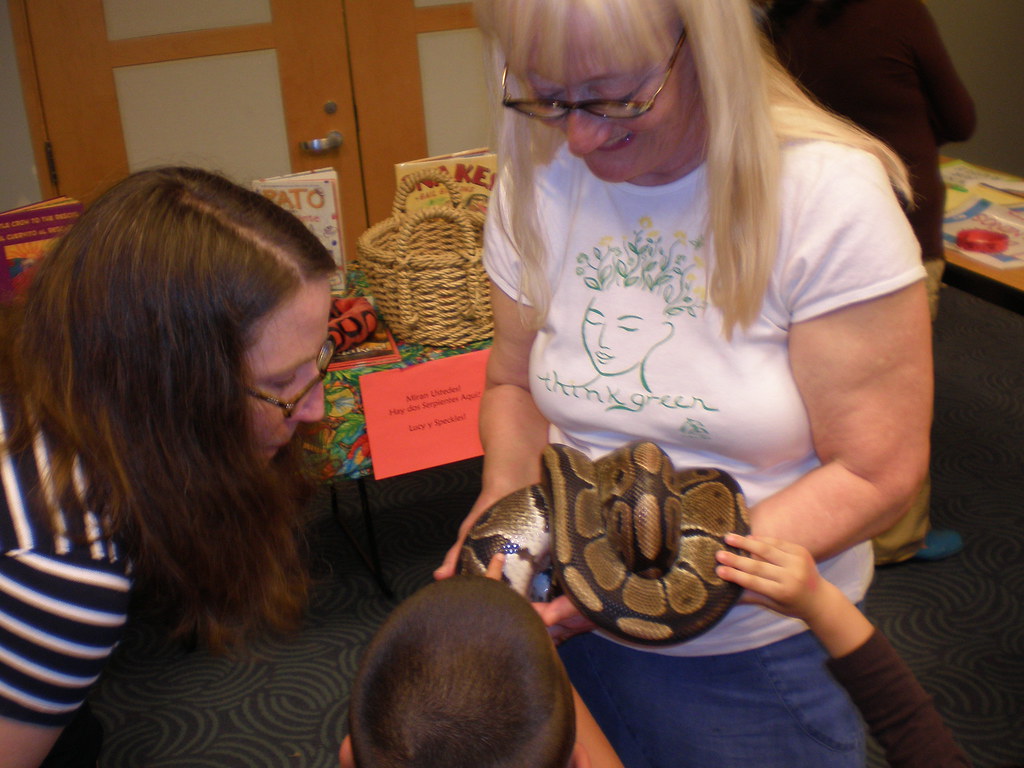
Research into reptile cognition and emotional capacity continues to evolve, with new studies challenging traditional views of reptilian brain function. Recent work by Dr. Gordon Burghardt and colleagues has demonstrated that reptiles possess more sophisticated cognitive abilities than previously recognized, including advanced spatial memory, problem-solving skills, and even rudimentary forms of play behavior. Some neurobiologists now suggest that while reptile brains differ significantly from mammalian brains in structure, there may be more similarities in function than once believed. Future research using advanced imaging techniques and behavioral experiments may eventually provide clearer insights into the nature of the bond between ball pythons and their keepers. Until then, the relationship remains one of practical recognition and habituation on the snake’s part, coupled with care and fascination on the human’s—a unique interspecies connection with its own distinctive characteristics.
In conclusion, while ball pythons may not form emotional bonds in the way mammals do, they can certainly develop recognition, tolerance, and even preference for their regular handlers. The relationship between keeper and snake represents a unique form of interspecies connection—one based on respect, consistent care, and understanding of the animal’s natural behaviors rather than mutual emotional attachment. For many owners, the calm acceptance of a ball python that has grown comfortable with handling provides its own special satisfaction. By approaching these remarkable reptiles on their own terms, with realistic expectations and appreciation for their evolutionary history, keepers can develop rewarding long-term relationships with these fascinating creatures, even if those relationships differ fundamentally from what we experience with furry companions.


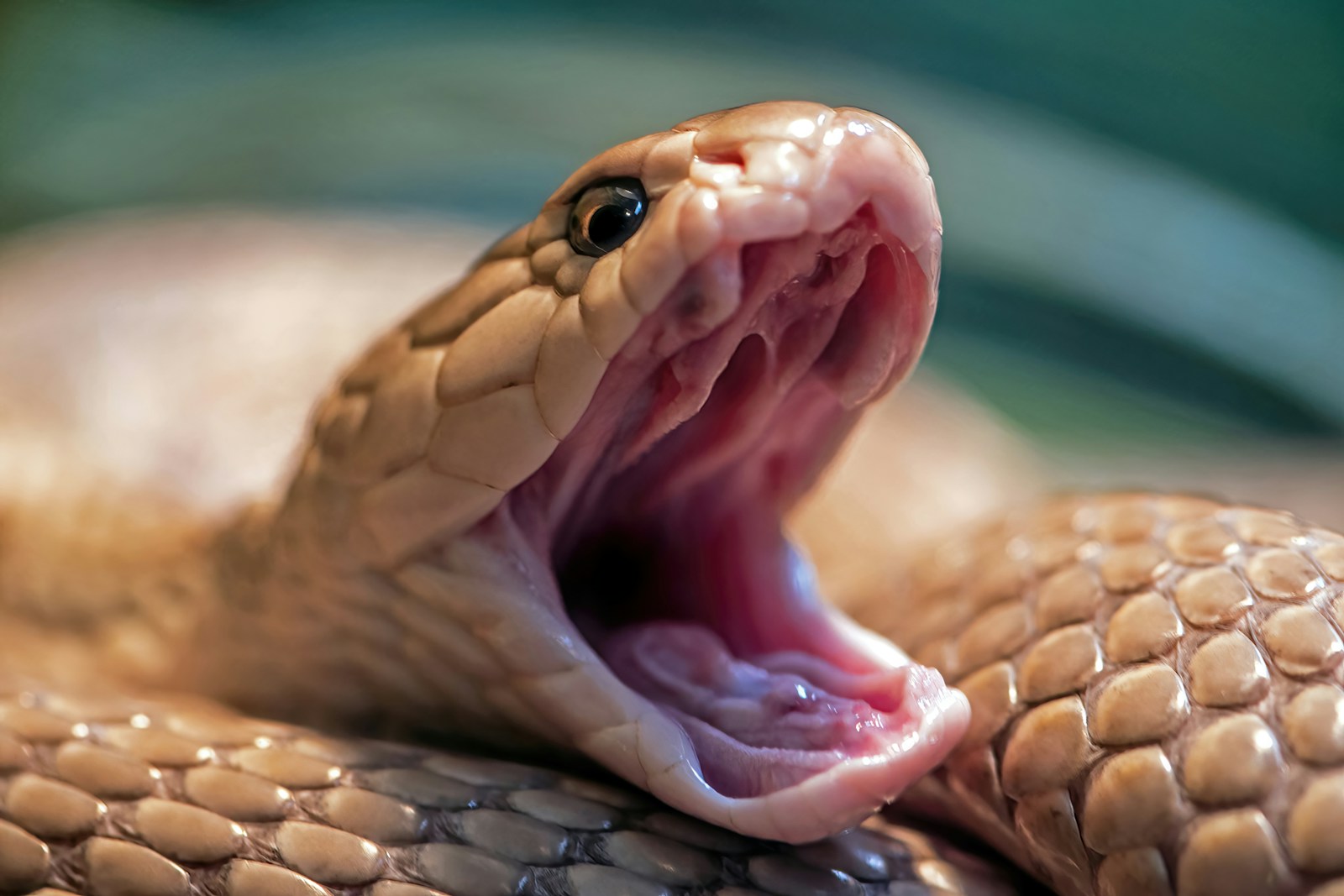



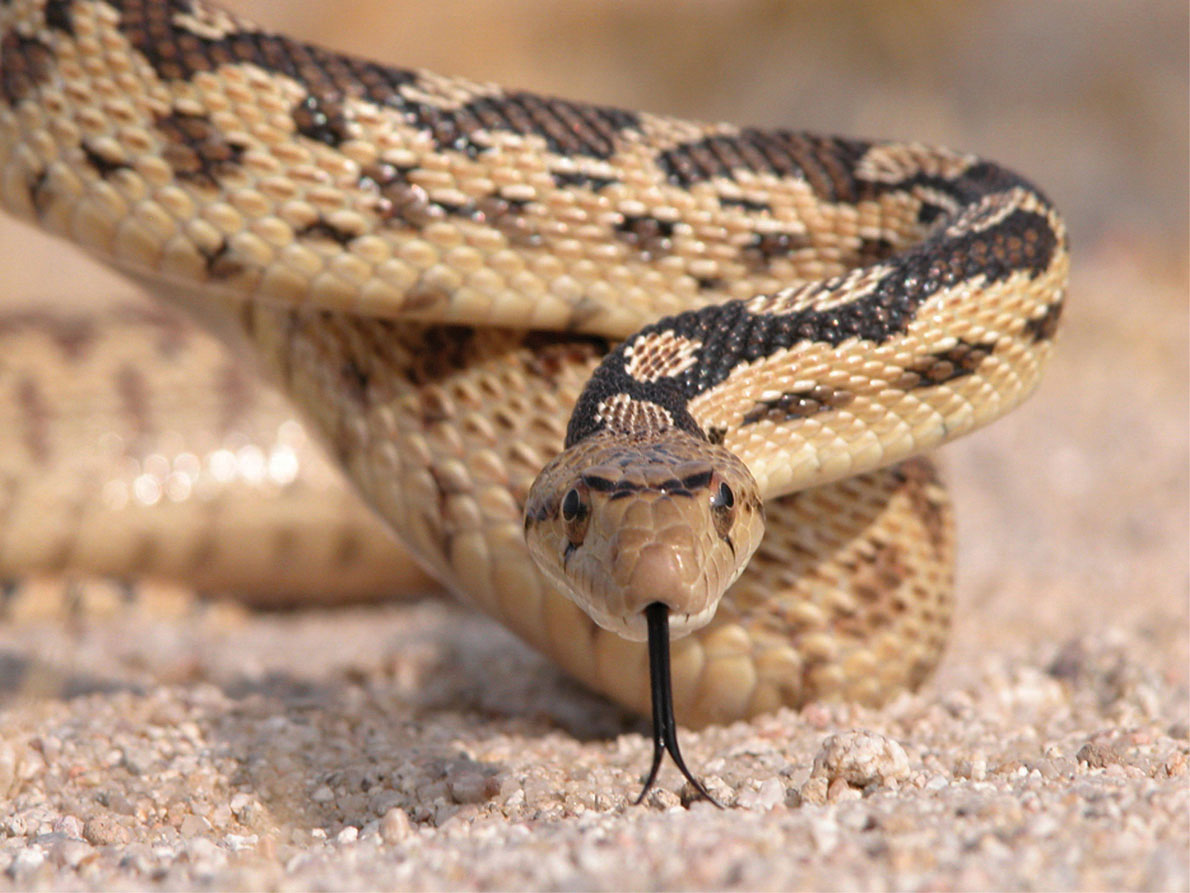


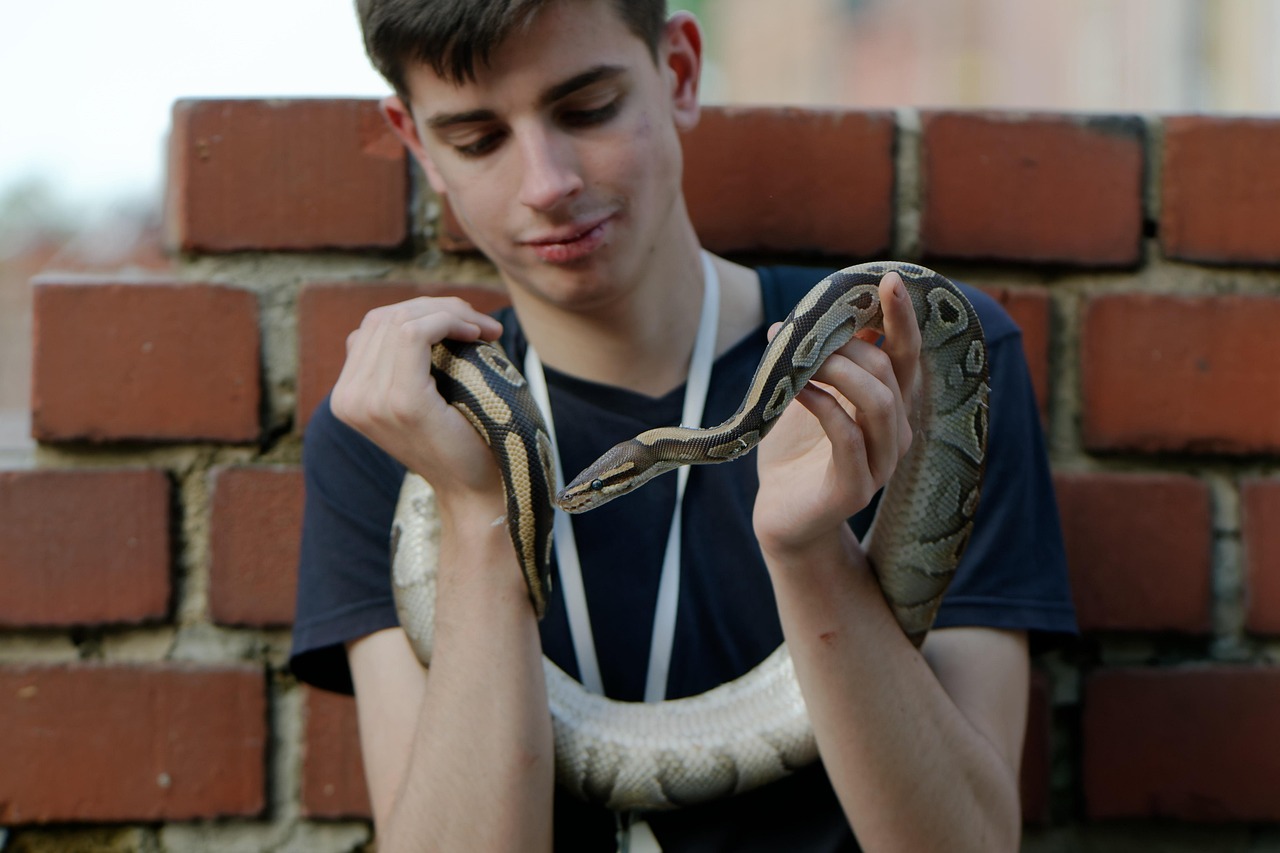
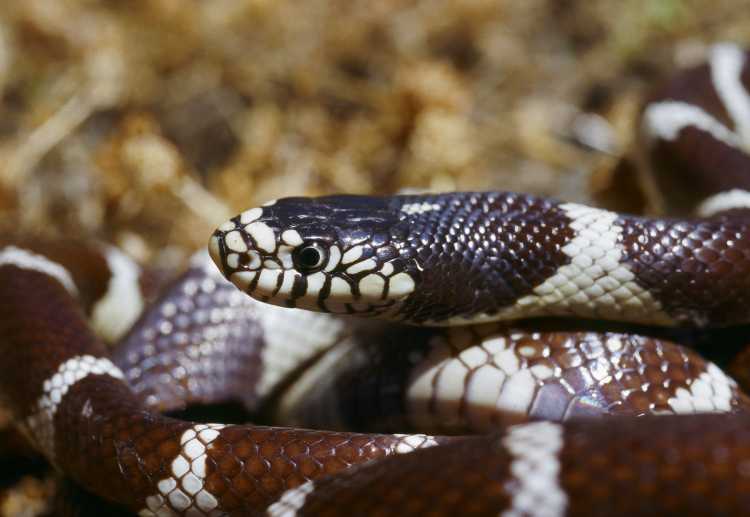
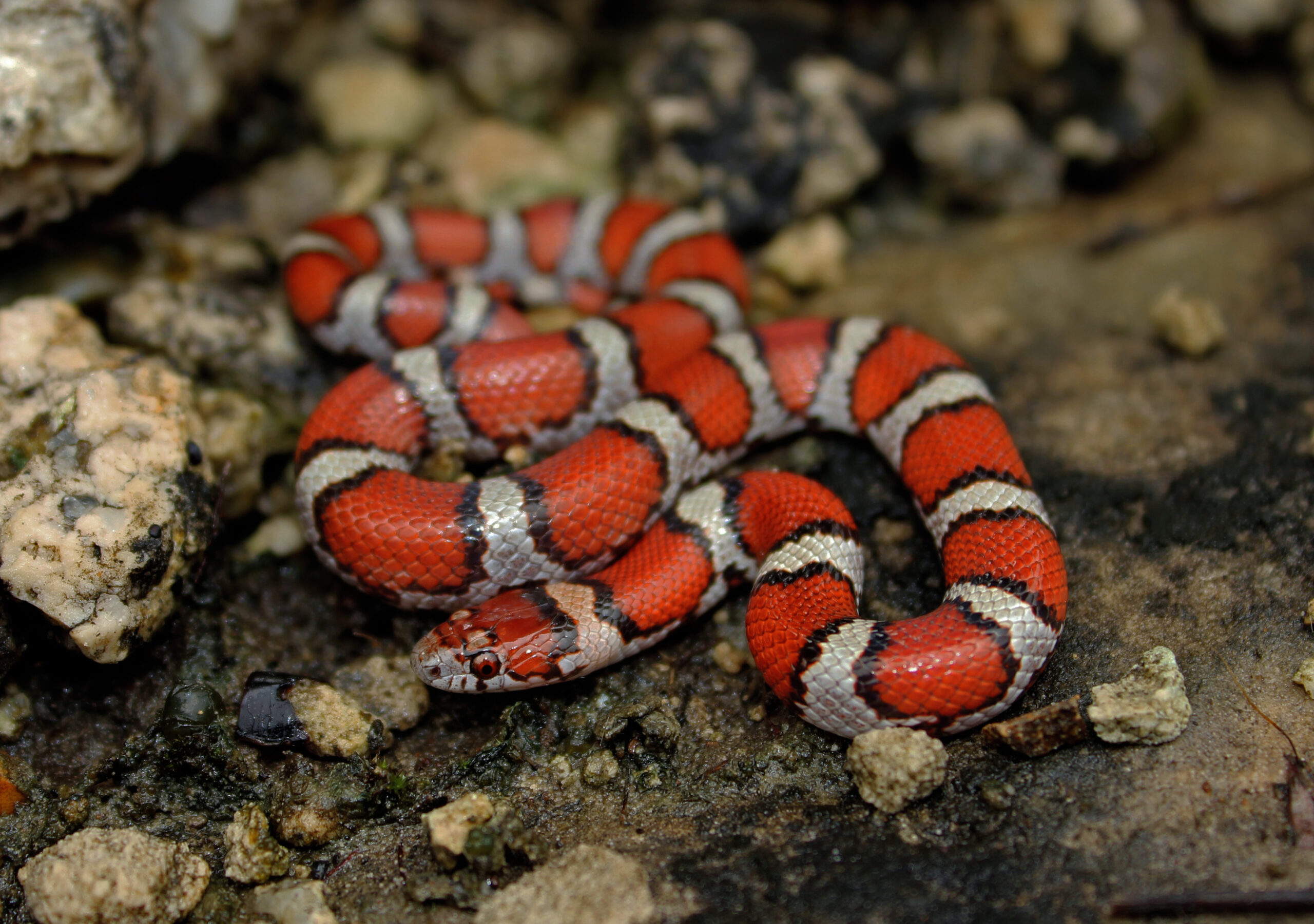




Leave a Reply